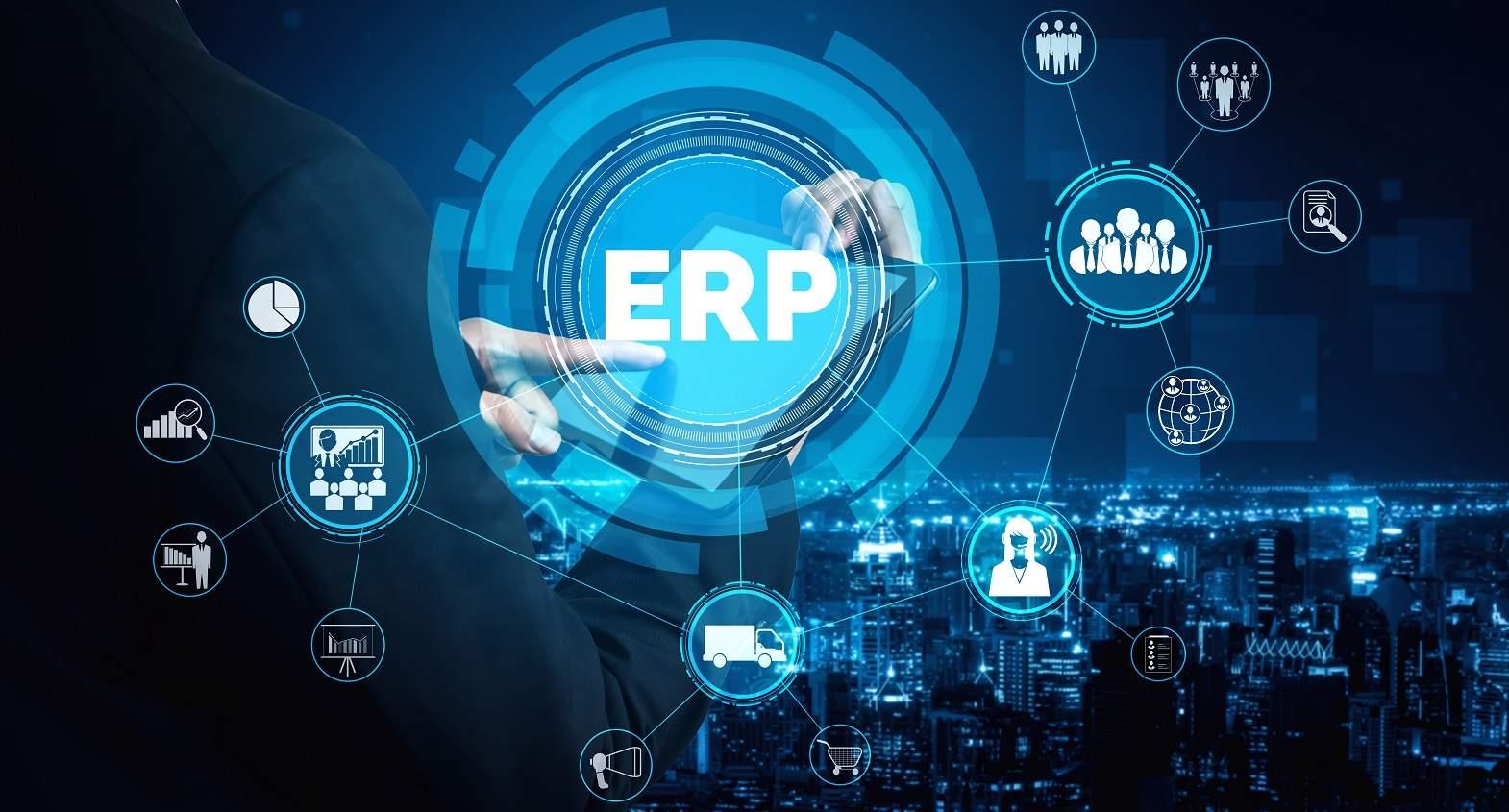Textile industry is a flourishing sector, following which the industries are growing at a swift pace. Even the small scale textile industries need updated system to meet the rising demands of the clientele. Take an apparel company with various in-house brands as a rule these brands operate almost as independent businesses and are likely to each have their own distinct processes. For product development, implementing an innovative tech solution can help a company improve the operational scalability by standardising on one common product development calendar that is built within this system, which automates and optimises the process across all brands.
A prime example of innovation and cutting edge technology is Enterprise Resource Planning (ERP). The technology addresses the need of the textile sector to become well-managed, as ERP supports centralised data storage, which acquires information from and supply information for complete computing solutions at universal level. With the growth of the textile industry, it is difficult even for the small scale industries to manage various data at different servers. With the help of ERP, it is easier to maintain and manage all the data under one common platform. The ERP software solutions are vital for improved operational scalability that in turn benefits in making decisions on day to day operations.
The various segments of the textile industries like finance, supply, Customer Relationship Management, manufacturing units, human resource and daily operations can be easily managed via ERP. There are several ERP modules and software that the organisation can choose from.
The fundamental ERP software has various comprehensive and user friendly set of modules that cover all the functions of a textile manufacturing unit like purchase, manufacturing, inventory/stores, finance/accounting, human resource and payroll, etc. The benefits that the industry can procure from the ERP are improved operational scalability, better customer service and satisfaction, improved productivity, speed and performance, enhanced tracking and forecasting, improved efficiency, performance and productivity levels and the ability to effortlessly communicate information across various departments.
The textile industries can switch to ERP, if it takes more than a required set of time to settle the account books at the end of each month. The ERP technology discourages the suppositions and promotes authenticity, as it ensures that sales forecasts of the company are based on solid figure. It also gives a perfect outline about the inventory in the warehouse.
The ERP system also promotes use of single software by all the departments of the industry. So if, the accounting staff uses one system for receivables and payables, and sales department uses another to enter in customer orders, employees in the warehouse use a completely different solution to track shipping and receiving, and the process of taking those orders and getting them fulfilled and into the accounting a humungous manual process, ERP is the solution.
The benefits extend to the financial reporting as well. It is easier for the accounts department to coordinate with the details from the other departments, as all the financial details are available in a single database. This saves the time required to reconcile data manually. It is thus easier to deliver critical reports without delays and frustration.
Maintaining inventory is also a trouble-free task with the ERP. With ERP solutions staff in various departments have an easy access to up-to-date information regarding the available stock. Thus, the staff can answer the query of the customers regarding the availability of the product with regard to shipping status, service issues etc. without having to check with the other departments. The information regarding the product can also be simply put online, whereas, the warehouse manager can reorder the product. This also improves the communication and there are more satisfied customers, which subsequently increases brand loyalty.
The IT management becomes easier instead of complex with ERP solutions. Instead of running and relying on the outdated versions of the technology, upgrading to faster and easier solution like ERP can do wonders to the quality of service extended by the overall organisation.
As of today, several small firms still depend on programmes like Tally for basic finance and accounting solutions; slightly larger firms employ some order tracking systems. Firms that operate on a bigger scale have custom built or in-house solutions that are developed in union with a third party. While these solutions have the necessary functionality, they also have scalability issues. In some cases, the order tracking solutions create hassles for instance, some of these solutions expect the production to begin from yarn stage and cannot process a production order, if it begins from the fabric (semi-finished material stage). Therefore, heavy customisation is required for a firm to use these solutions.
Full-featured ERP software is the easiest way out of these troubles. Firms that usually implement these applications are the ones that deal in high-volume, low-variety garments, such as innerwear.
For many companies, implementing new ERP software is an easy decision to make, as the old system is out-dated, the operations are not smooth, or the organisation simply needs a better and a novel solution. When the outdated software and solutions arent able to meet basic business requirements, ERP gets over all these impediments and it definitely shifts the focus of the employees from the problems to finding a solution to the problems.
References:
1. Maveninformatics
2. Netsuite.com
3. Smallb.in
4. Simparel.com









Comments